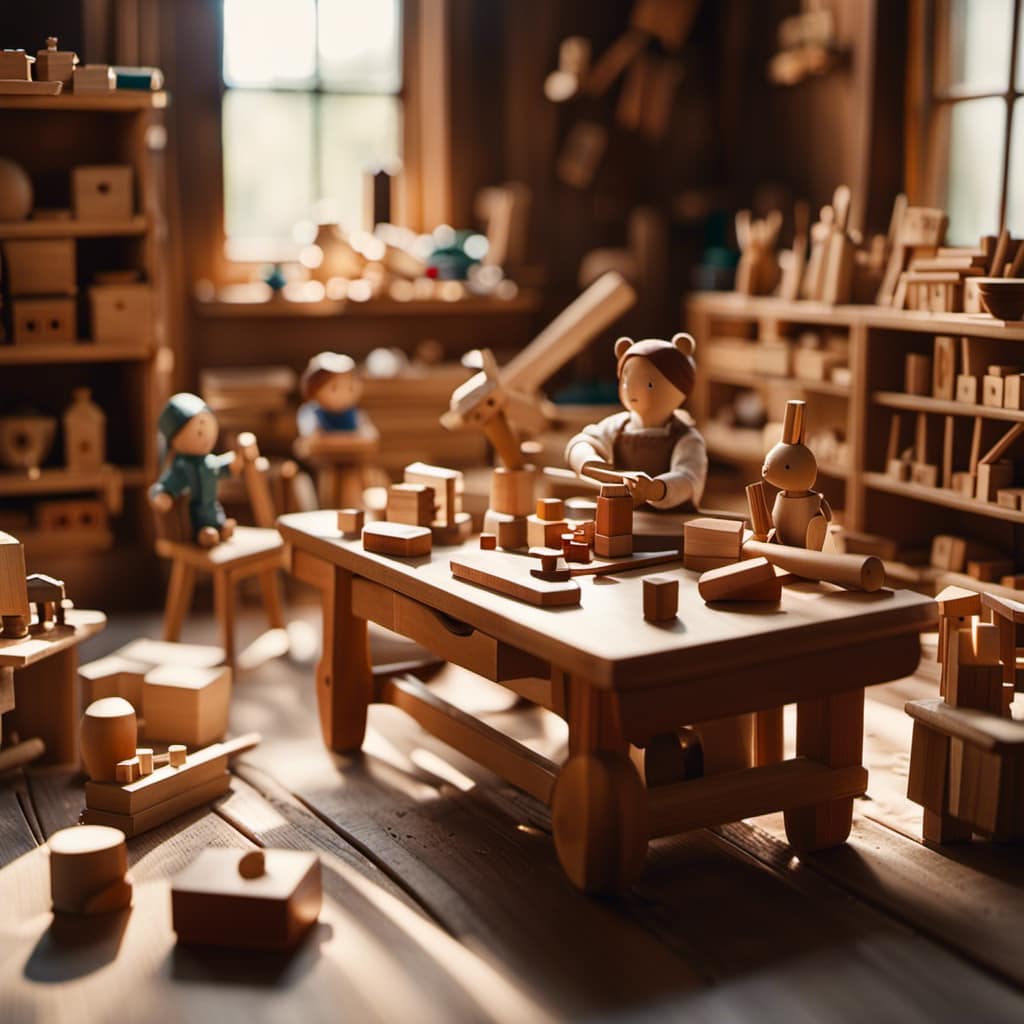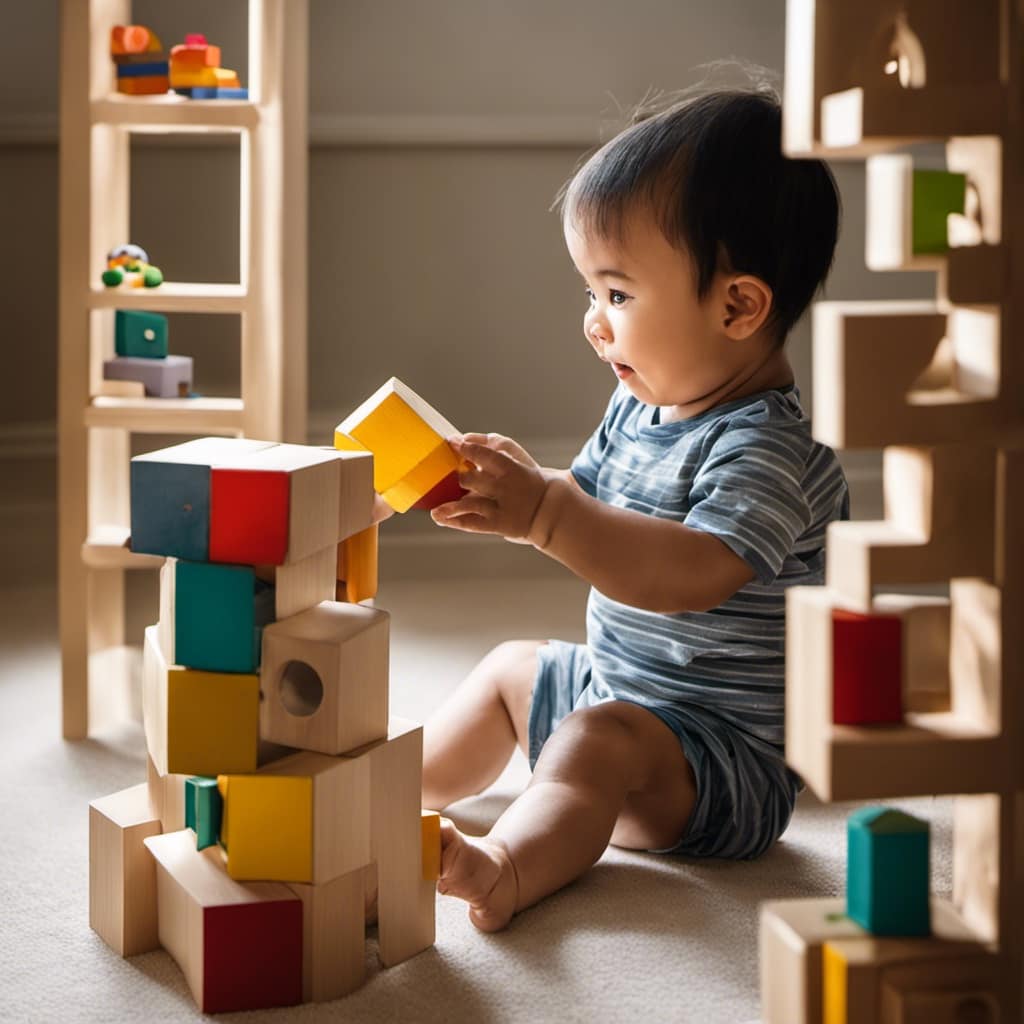Are you in search of safe musical toys for your children? Look no further!
In this article, we’ll explore the top choices for preschoolers. We’ll discuss noise level considerations, age-appropriate instruments, non-toxic materials, safety features, and the importance of parental supervision.
Our aim is to provide you with the information you need to make informed decisions and ensure the well-being of your child.
Let’s dive in and discover the perfect musical toys for your little maestros!
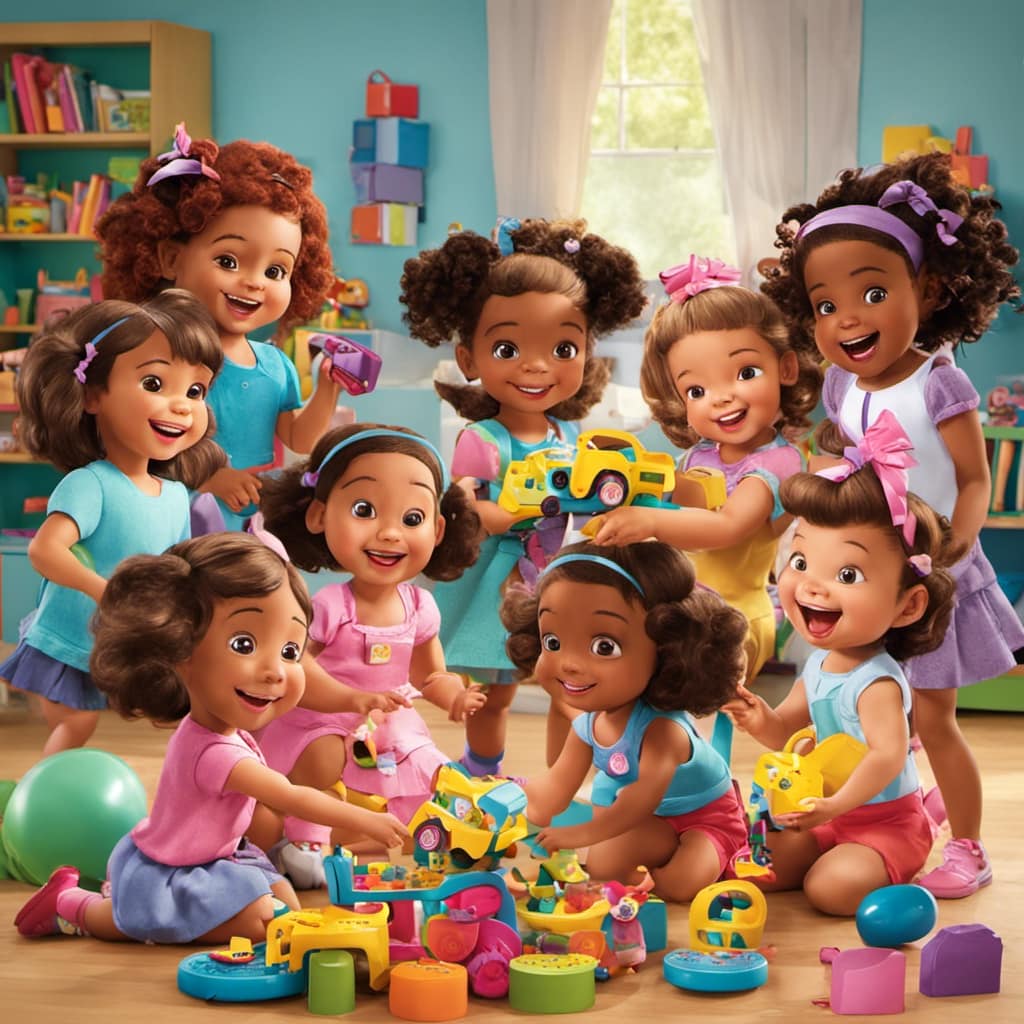
Key Takeaways
- Excessive noise exposure can have long-term effects on a child’s development, so it is important to choose musical toys with adjustable volume settings or designed for young children.
- Look for musical toys with built-in volume control or limited decibel output to protect children’s hearing.
- Provide age-appropriate instruments for preschoolers to explore and experiment with different sounds and rhythms, starting with simple instruments like maracas, tambourines, and xylophones.
- Select musical toys made from non-toxic materials like sustainable wood, BPA-free plastic, and lead-free paint to ensure the health and safety of preschoolers, especially if they put toys in their mouths.
Noise Level Considerations
The noise level of musical toys is an important factor to consider when choosing safe options for preschoolers. Excessive noise exposure can lead to hearing damage and potential long-term effects on a child’s development. Therefore, it’s crucial to select musical toys that have adjustable volume settings or are designed specifically for young children. Look for toys that offer hearing protection features, such as built-in volume control or limited decibel output. These toys not only ensure the safety of your child’s ears but also allow them to enjoy the therapeutic benefits of music.
As caregivers, it’s our responsibility to protect their delicate hearing while also providing them with the benefits of music therapy. By making informed choices about the noise levels of musical toys, we can create a nurturing environment that promotes both safety and well-being.
Age-Appropriate Musical Instruments
When selecting musical toys for preschoolers, we should consider age-appropriate instruments that cater to their developmental needs and interests. Musical skills development is an essential aspect of their growth, as it promotes cognitive benefits such as language development, improved memory, and enhanced coordination.
Providing age-appropriate instruments allows them to explore and experiment with different sounds and rhythms, fostering their creativity and self-expression. Simple instruments like maracas, tambourines, and xylophones are suitable for young children as they’re easy to hold and play. These instruments also help develop fine motor skills and hand-eye coordination.

As preschoolers grow older, they can graduate to more complex instruments like keyboards or small drums, allowing them to further refine their musical abilities.
Now that we understand the importance of age-appropriate instruments, let’s move on to the next section about the significance of non-toxic materials and construction.
Non-Toxic Materials and Construction
As we continue our exploration of age-appropriate musical instruments, it’s crucial to consider the importance of non-toxic materials and construction.
When it comes to musical toys for preschoolers, opting for eco-friendly options isn’t only beneficial for the environment but also for the health of our little ones.

Traditional musical instruments often contain harmful chemicals such as lead, phthalates, and BPA, which can have adverse health effects, especially for young children who tend to put toys in their mouths.
Choosing toys made from non-toxic materials, such as organic wood, natural dyes, and water-based paints, ensures that our children can enjoy the joy of music without compromising their health.
Safety Features and Durability
Continuing our exploration of age-appropriate musical instruments, we can prioritize safety features and durability when choosing musical toys for preschoolers. It’s essential to consider the impact resistance of the toys to ensure that they can withstand rough handling without breaking or causing harm. Look for instruments made from sturdy materials like plastic or wood, which are less likely to shatter or splinter.
Additionally, battery life is another crucial aspect to consider. Opt for toys that have long-lasting batteries to minimize the need for frequent replacements. This not only saves money but also ensures uninterrupted playtime for your child.
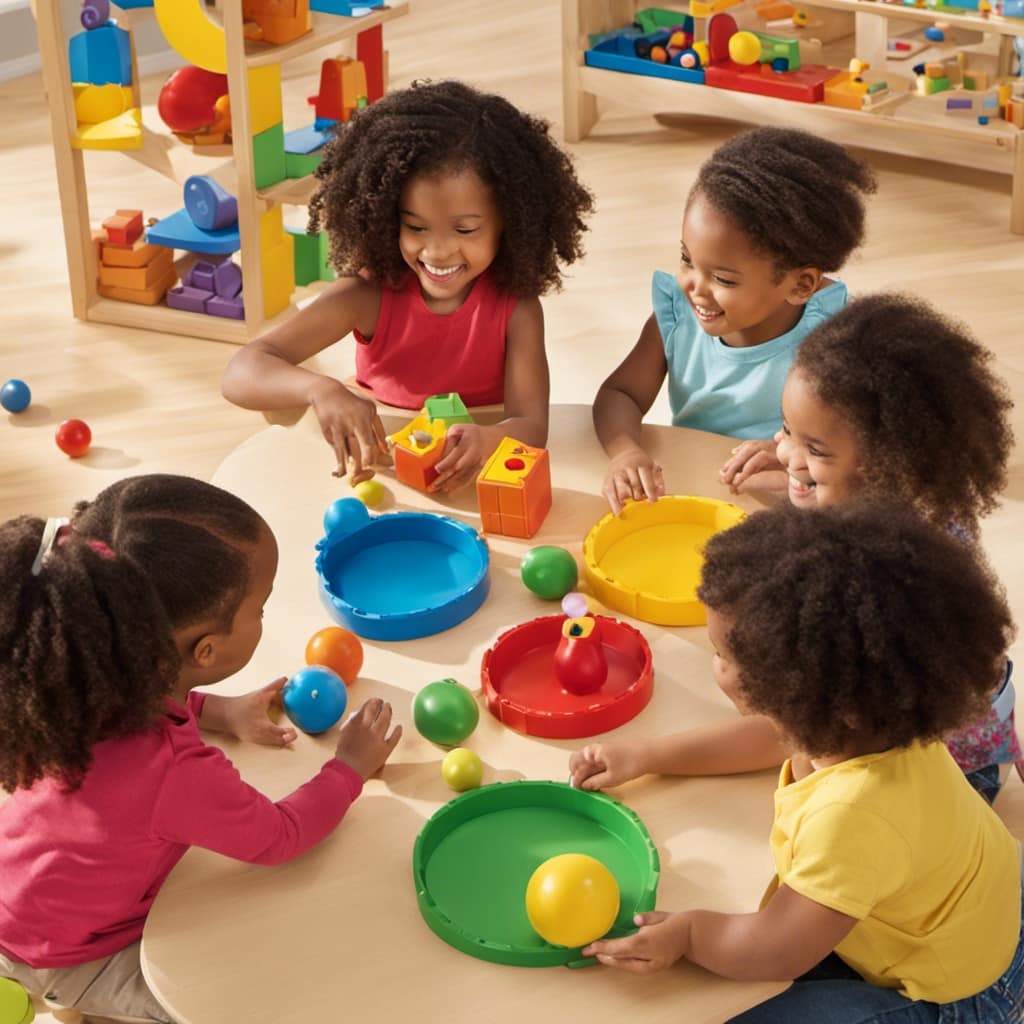
By selecting toys with strong safety features and durable construction, we can provide our preschoolers with a safe and long-lasting musical experience.
Now, let’s move on to discussing the importance of parental supervision and guidance.
Parental Supervision and Guidance
We prioritize parental supervision and guidance when selecting musical toys for preschoolers. It’s crucial for parents to set boundaries and monitor their child’s playtime to ensure their safety. By actively supervising, parents can prevent accidents and address any potential hazards promptly.
Additionally, parental guidance plays a significant role in promoting creativity and imagination. Parents can encourage their child to explore different musical instruments, experiment with sounds and rhythms, and engage in imaginative play. This not only enhances their musical abilities but also nurtures their cognitive and emotional development.
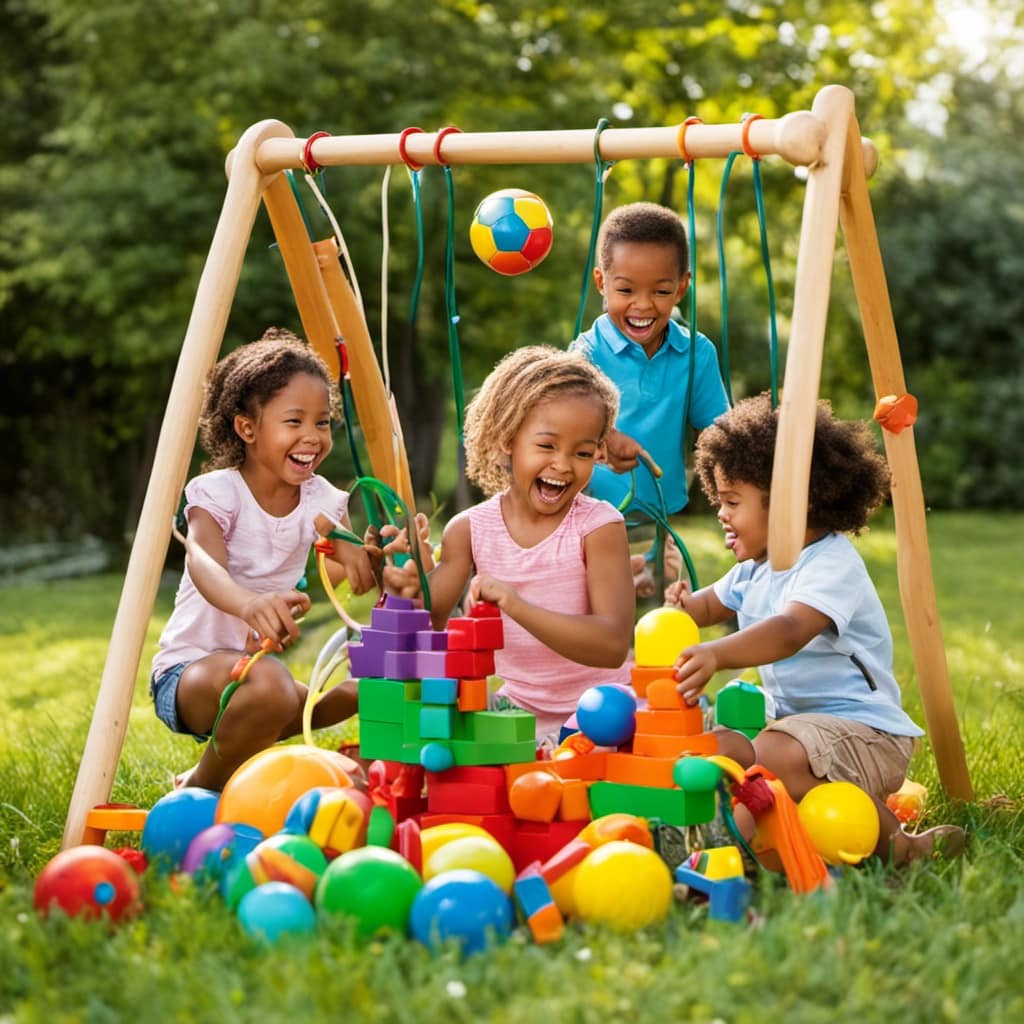
By actively participating in their child’s musical play, parents can provide guidance and support, fostering a positive and enriching musical experience.
Frequently Asked Questions
Are There Any Musical Toys That Are Safe for Preschoolers but Also Suitable for Infants?
There are musical toys that are safe for preschoolers but also suitable for infants. They provide developmental benefits for infants, such as sensory stimulation and cognitive development through sound exploration and rhythm.
Can Musical Toys for Preschoolers Help With Early Childhood Development, Such as Language Skills or Hand-Eye Coordination?
Musical toys for preschoolers enhance cognitive development, problem-solving skills, and creativity. They also have a positive impact on social skills, such as turn-taking and cooperation. Discover how these toys can benefit your child’s early childhood development.
Are There Any Musical Toys That Are Specifically Designed for Children With Special Needs?
Musical toys for children with special needs can provide a fun and engaging way for them to explore and express themselves. Adapted musical toys for preschoolers with special needs are designed to accommodate their unique abilities and promote their development.
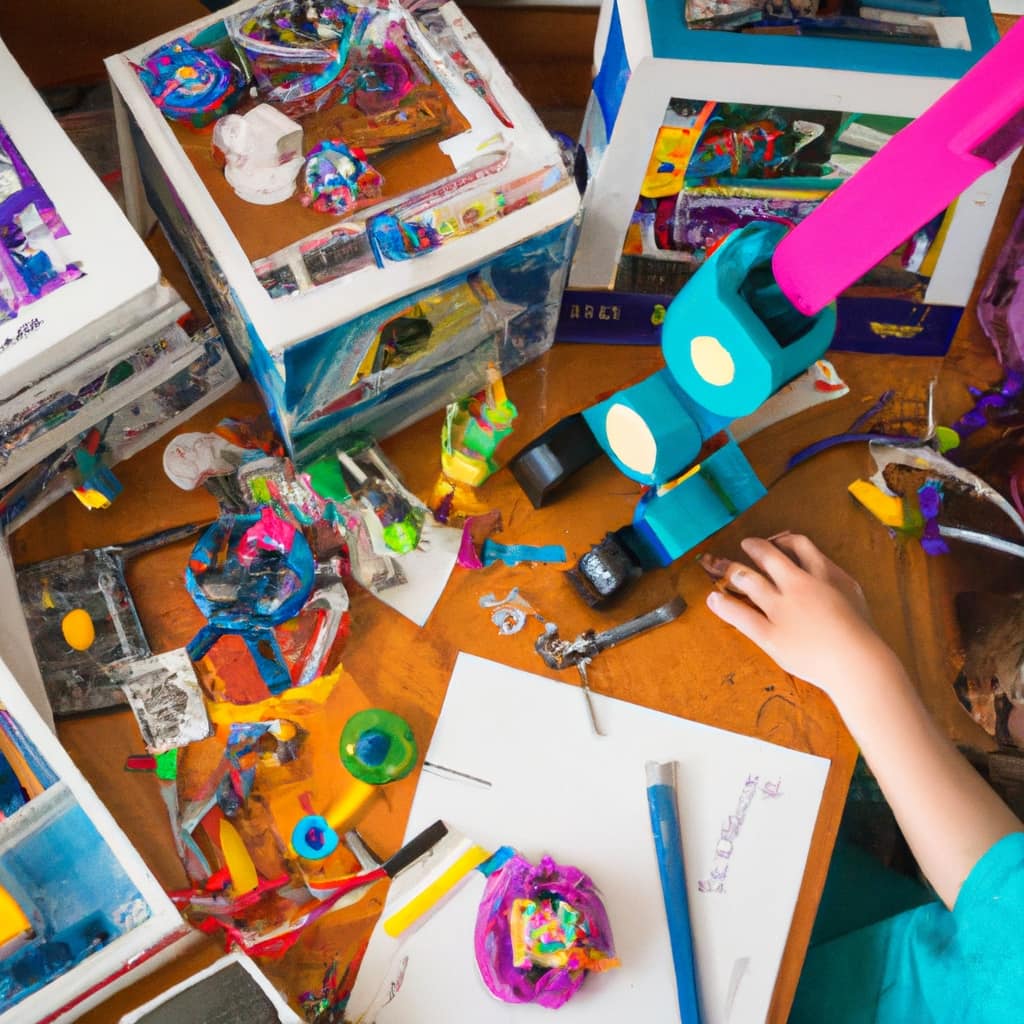
What Are Some Common Safety Features Found in Musical Toys for Preschoolers?
Common safety features in musical toys for preschoolers include rounded edges, non-toxic materials, and secure battery compartments. These toys not only provide entertainment but also promote early childhood development through sensory stimulation and cognitive learning.
Are There Any Musical Toys for Preschoolers That Are Made From Sustainable or Eco-Friendly Materials?
Yes, there are sustainable and eco-friendly musical toys for preschoolers. These instruments are made from materials that are safe for both children and the environment, ensuring a fun and responsible playtime experience.
Conclusion
In conclusion, ensuring the safety of musical toys for preschoolers is crucial. By considering noise levels, age-appropriate instruments, non-toxic materials, and safety features, parents can provide a secure environment for their children to explore music.
Just as a conductor guides the symphony, parents must supervise and guide their little ones in their musical adventures.

With these precautions and a little harmony, preschoolers can enjoy the wonders of music while staying safe and sound.

